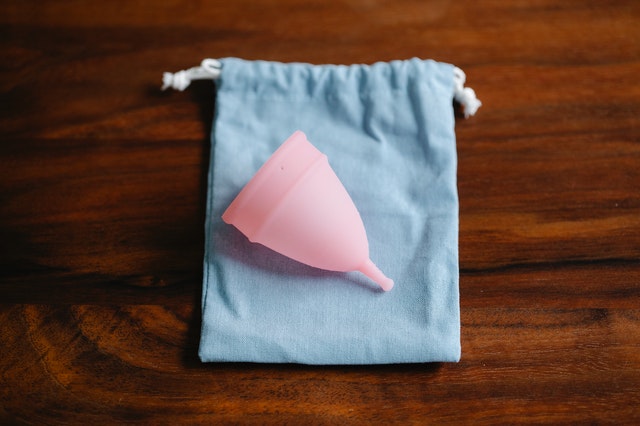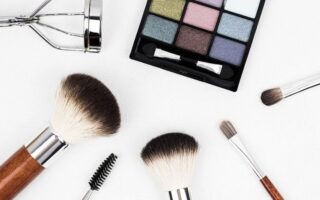We all know that women experience menstrual bleeding as a result of a natural cycle every 28 days. Among the products designed for this period, the menstrual cup was produced as a hygienic, cheap and new alternative to sanitary napkins or tampons. But, what is a menstrual cup and how does it work? Let us explore more on this topic in the article below.
What is a Menstrual Cup and how does it work?
See also :
- Organic Skincare Guide 2025: Benefits, Best Ingredients & Routine Tips
- How to apply blush with lipstick
- 8 Best Concoctions to Induce the Menstruation Period
- 5 Trusted Ways To Get Rid Of Dull Skin
- Are High Heels Bad For Your Feet?
- How To Quickly Lose Weight After Pregnancy
- Daily Skin Care Routine With Regular Physical Activity
- Beauty Hygiene: Tips for Adopting a Healthy and Natural Glow
What is a Menstrual cup?
Menstrual cup is a hygiene product specific to women, made of silicone suitable for medical use. It is inserted into the vagina during the menstrual cycle. It is shaped like a funnel, but without a funnel-like bottom hole.
The purpose of the menstrual cup is to collect the liquids thrown out during menstruation safely in its reservoir and prevent it from contaminating the clothes. Since these containers are mostly made of soft silicone suitable for medical use, they are quite soft and safe.
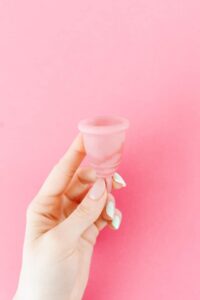
What are the features of the Menstrual Cup?
The menstrual cup collects menstrual blood as the opposite of tampons and pads. Small sized silicone cups resembling a bell in shape are attached to the wall of the vagina and collect blood from the uterus. The collected blood is prevented from coming out. The person who goes to the toilet through the menstrual cup removes the bowl, empties it and places it back in the area. The cups have the advantage of being used for five years. It is kept in boiling water once a month or boiled directly. Both of these processes ensure that the container is sterilized.
It is not possible to have sexual intercourse while the menstrual cup is used. Apart from this, if the person prefers, he can swim with this product.
What are the Types of Menstrual Cups?
Manufacturers produce menstrual cups in 2 sizes, large and small. The use of small-sized containers is recommended for younger women – under 30 years of age who have not given birth. The use of large containers is recommended for women over the age of 30 who have given birth from the vaginal area or who have more intense menstrual bleeding than normal.
How to Use the Menstrual Cup?
The cup is first folded or bent by squeezing between 2 fingers. In this way, it is inserted into the vagina. Normally, it is expected to open from the folded part on its own and adhere to the walls of the vagina. However, the woman who will use the container may need to move the product slightly. When the container is placed correctly, it does not cause discomfort and does not cause leakage problems.
How to clean the menstrual cup?
Of course, using a menstrual cup brings some hygiene rules. Menstrual cups should be properly washed and cleaned before each use.
When using your menstrual cup during your menstrual period, it will be sufficient to rinse it with hot water during the day. If you want to wash with soap, you can wash it with a fragrance-free, colourless soap that will not harm the mucous membrane of the vagina and the structure of the silicone. When your period ends, you should wash your bowl with soap and boil it in boiling water for at least 5 minutes.
Some menstrual cup brands also produce cleaning wipes and tonics specially produced for menstrual cup use.
Why use a Menstrual Cup?
The menstrual cup is suitable for medical use. Pads and tampons have a cotton structure that prevents blood absorption and blood dispersal. Because of this situation, bacteria in the blood and uterus can reproduce due to the airless structure, humidity, heat and cotton area. Apart from this, most women are uncomfortable with being in contact with the pad and are exposed to various allergies. The tampon feature is that it comes into direct contact with the tissue inside the vagina. Therefore, toxic shock problem, allergy and irritation may occur.
What are the Pros and Cons of Menstrual Cup?
Useful Health Tips – How to boost your Immunity
Pros :
It is budget friendly.
It is long lasting. It can be used between 6 months and 10 years when used correctly.
It is environmentally friendly. Since it is reusable, it does not create waste.
It is safer than tampons.
It does not create bacteria and odor as in tampons and pads.
It does not cause irritation and itching caused by the pads.
Cons :
It is a little troublesome to remove and empty the menstrual cup and put it back on.
It must be cleaned before each use.
Finding the right menstrual cup size isn’t always easy.
There is a possibility that it may cause an allergic reaction.
It requires special care. It should be disinfected by boiling after each menstrual period.
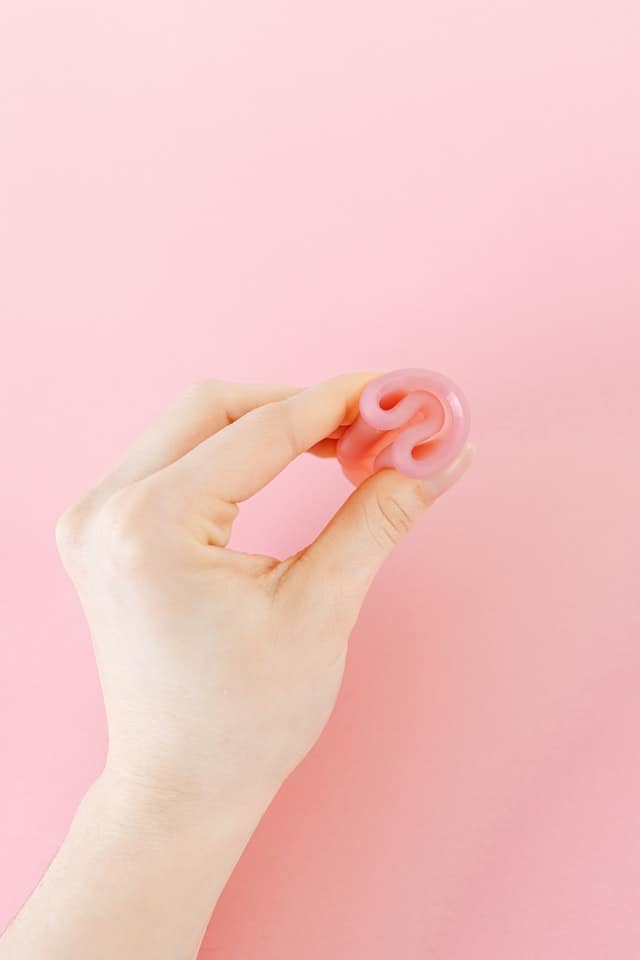
How is the menstrual cup inserted?
First, wash your hands well.
Wet it to facilitate the entry of the menstrual cup.
Bend the menstrual cup by folding it in half with the help of the fingers of one hand.
Insert the chamber and push it into the vagina. It should be placed with about one or two fingers inside from the outside.
After inserting the bowl, turn it with your fingers. This will ensure vacuuming and prevent leakage.
Natural Beauty Tips – Beauty Tips
If you do not feel that the menstrual cup is inside, it means that you have inserted it correctly. You should be able to comfortably do whatever you do during the day. If you think it’s not properly seated, just remove it and put it back on.
You may not be able to place the menstrual cup successfully in your first use. So it can cause discomfort or leak. This is quite normal. After a few uses you will get used to it and be able to use it properly.
How is it different from other methods?
Pads and tampons have a cotton structure that absorbs menstrual blood, that is, prevents it from dispersing by absorbing it. Therefore, bacteria, which are present in our blood and uterus as well as in every part of our body, can easily reproduce thanks to heat, humidity, cotton environment and semi-airless structures. In addition, since menstrual blood or the pad being used are in constant contact with the skin, it can cause both discomfort and some allergic results. Since the tampon is in direct contact with the tissue inside the vagina, it is known that many results such as irritation, allergy, toxic shock syndrome are much more likely.
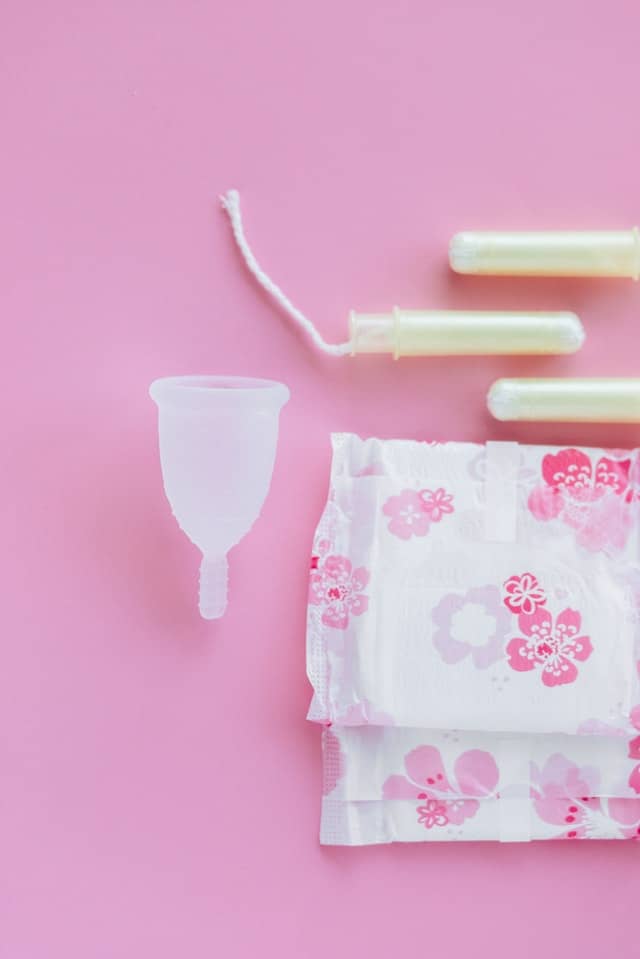
However, the menstrual cup, on the contrary, does not absorb menstrual blood, it collects it. These small bell-shaped silicone cups attach to the walls of the vagina, collect the menstrual blood from the uterus and prevent it from coming out. In this way, women who use menstrual cups can also remove the cup when they go to the toilet, empty it, wash it and put it back on.
As a result of the researches, the life of menstrual cups lasts for 5 years or more. Yes, you don’t see it wrong. At the same time, environmentally friendly menstrual cups both make your life easier and harm nature as little as possible. You can easily sterilize it by keeping it in plenty of boiling water once a month.
Can you sleep with a menstrual cup?
The answer is yes. It is possible to sleep with a menstrual cup. Menstrual cups can often be used up to 12 hours. In other words, it is enough to clean and renew the menstrual cup before going to bed at night.
You can use it when sleeping, working, jogging, cycling and even swimming.
Conclusion
Majority of women prefer to use products such as pads and tampons during their menstrual periods in terms of both practicality and accessibility. Although the use of menstrual cups, which has become very popular recently, is advantageous in many respects, it is still not known or found useful by the majority of people. At the same time, there are those who do not find its use appropriate due to health concerns, religious beliefs and the cultural structure of the society.
Menstrual cups bring a lot of convenience to use, but also have many potential risks. However, if you know how to use and clean it properly, you can minimize these dangers.
Popular Posts :
- Best Sunscreens for Indian Skin
- 2025 Winter Skin Care Routine for Glowing Skin
- New Beauty Tricks for 2025
- Organic Skincare Guide 2025: Benefits, Best Ingredients & Routine Tips
- How to apply blush with lipstick
- 7 Mistakes When Treating Acne
- Benefits And Effects Of Exfoliation
- Antiaging Natural Mask Recipe For Neck Wrinkles
- Teenage Skin Care Tips
- 5 Trusted Ways To Get Rid Of Dull Skin
- How To Use Green Tea For Skin?
- Daily Skin Care Routine With Regular Physical Activity
- Beauty Hygiene: Tips for Adopting a Healthy and Natural Glow
- 10 Foods That Can Destroy Beauty
- What is Konjac Sponge? How to use?

